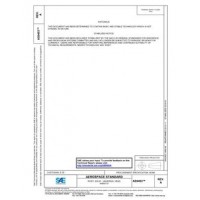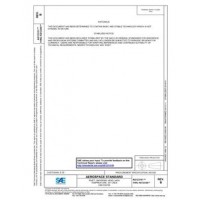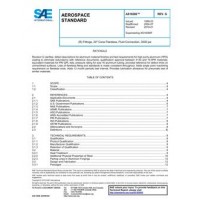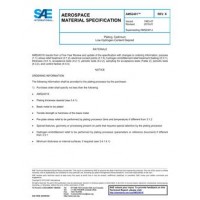SAE AS6009
- JAUS Mobility Service Set
- standard by SAE International, 04/15/2009
- Category: SAE
$81.00
$41.00
This document defines a set of standard application layer interfaces called JAUS Mobility Services. JAUS Services provide the means for software entities in an unmanned system or system of unmanned systems to communicate and coordinate their activities. The Mobility Services represent the platform-independent capabilities commonly found across all domains and types of unmanned systems. At present, 15 services are defined in this document. Some examples include: Pose Sensors: Determine the instantaneous position and orientation of a platform in global or local coordinates; Velocity State Sensor: Determines the instantaneous velocity of a platform; Acceleration State Sensor: Determines the instantaneous acceleration of a platform; Primitive Driver: Performs basic mobility for a platform based on force/torque efforts; Vector Drivers: Perform closed loop mobility for straight line travel; Velocity State Driver: Similar to vector drivers, but with additional degrees of freedom; Waypoint Drivers: Perform closed loop mobility to a location specified; Waypoint List Drivers: Performs closed loop mobility using a series of locations; Path Segment Drivers: Performs closed loop mobility along a specified path.Each service is described by a JAUS Service Definition (JSD) which specifies the message set and protocol required for compliance. Each JSD is fully compliant with the JAUS Service Interface Definition Language (JSIDL).The purpose of this document is to facilitate interoperation of unmanned vehicle systems, subsystems, and payloads by standardization of the message set and associated protocol.
 PDF
PDF
All of our standards document are available in PDF (Portable Document Format), an electronic, downloadable format.You will be able to download the file in your account downloads.
 Multi-User Access
Multi-User Access
After purchasing, you have the ability to assign each license to a specific user.
 Printable
Printable
At any time, you are permitted to make printed copies for your and your members' reference use.





